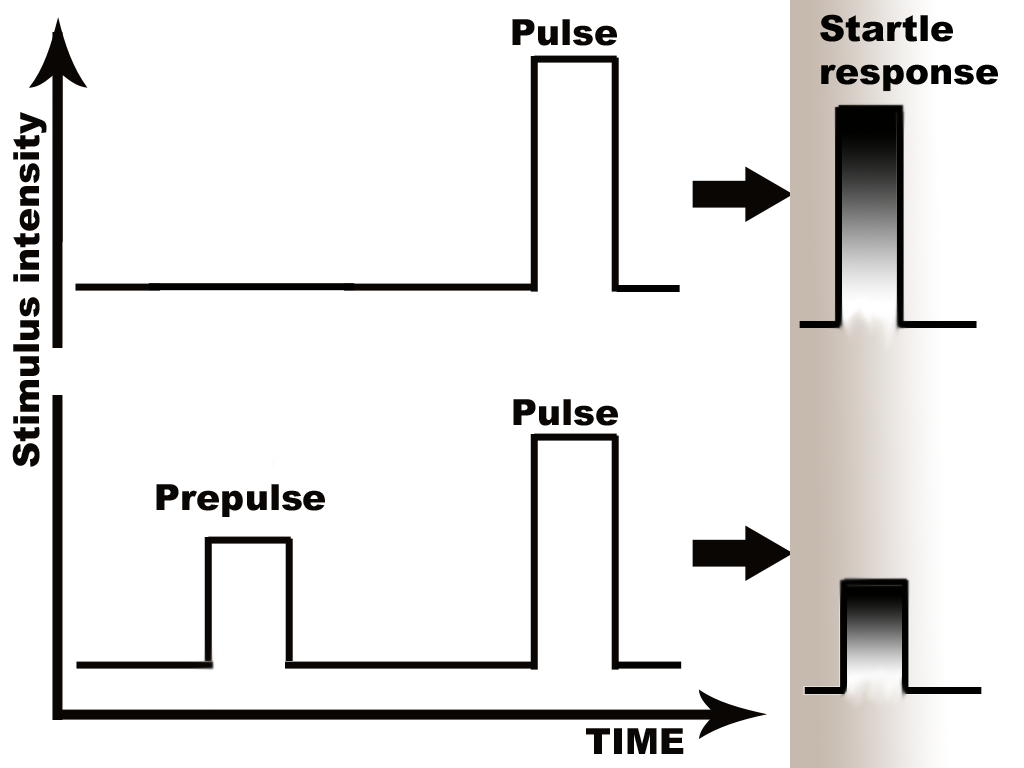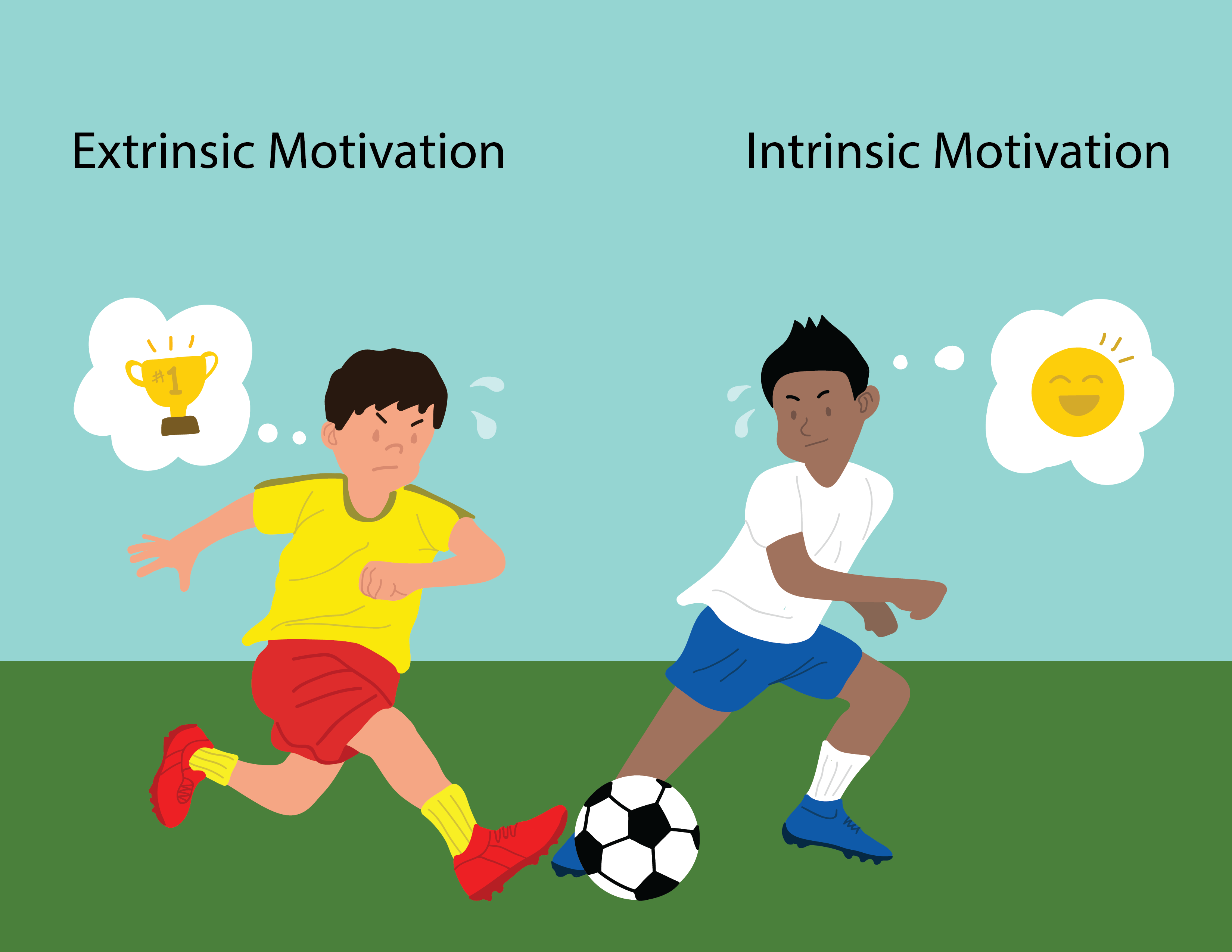|
Conditioned Avoidance Response
The conditioned avoidance response (CAR) test, also known as the active avoidance test, is an animal test used to identify drugs with antipsychotic-like effects. It is most commonly employed as a two-way active avoidance test with rodents. The test assesses the conditioned ability of an animal to avoid an unpleasant stimulus. Drugs that selectively suppress conditioned avoidance responses without affecting escape behavior are considered to have antipsychotic-like activity. Variations of the test, like testing for enhancement of avoidance and escape responses, have also been used to assess other drug effects, like pro-motivational and antidepressant-like effects. Dopamine D2 receptor antagonists, like most classical antipsychotics, are active in the CAR test once occupancy of the dopamine D2 receptor reaches around 70%. Dopamine D2 receptor partial agonists like aripiprazole are likewise active in the test. Serotonin 5-HT2A receptor antagonists can enhance suppression of co ... [...More Info...] [...Related Items...] OR: [Wikipedia] [Google] [Baidu] |
Animal Model
An animal model (short for animal disease model) is a living, non-human, often genetic-engineered animal used during the research and investigation of human disease, for the purpose of better understanding the disease process without the risk of harming a human. Although biological activity in an animal model does not ensure an effect in humans, many drugs, treatments and cures for human diseases are developed in part with the guidance of animal models. Animal models representing specific taxonomic groups in the research and study of developmental processes are also referred to as model organisms. There are three main types of animal models: Homologous, Isomorphic and Predictive. Homologous animals have the same causes, symptoms and treatment options as would humans who have the same disease. Isomorphic animals share the same symptoms and treatments, only. Predictive models are similar to a particular human disease in only a couple of aspects. However, these are useful in isolating ... [...More Info...] [...Related Items...] OR: [Wikipedia] [Google] [Baidu] |
5-HT2A Receptor
The 5-HT2A receptor is a subtype of the 5-HT2 receptor, 5-HT2 receptor that belongs to the serotonin receptor family and functions as a GPCR, G protein-coupled receptor (GPCR). It is a cell surface receptor that activates multiple intracellular signalling cascades. Like all 5-HT2 receptors, the 5-HT2A receptor is coupled to the Gq protein, Gq/G11 signaling pathway. It is the primary excitatory receptor subtype among the serotonin-responsive GPCRs. The 5-HT2A receptor was initially noted for its central role as the primary target of serotonergic psychedelic drugs such as LSD and psilocybin mushrooms. It later regained research prominence when found to mediate, at least in part, the effects of many antipsychotic drugs, particularly atypical antipsychotic, atypical antipsychotics. Downregulation of post-synaptic 5-HT2A receptors is an adaptive response triggered by chronic administration of selective serotonin reuptake inhibitors (SSRIs) and atypical antipsychotics. Elevated 5-HT2A ... [...More Info...] [...Related Items...] OR: [Wikipedia] [Google] [Baidu] |
Conditioned Stimulus
Classical conditioning (also respondent conditioning and Pavlovian conditioning) is a behavioral procedure in which a biologically potent Stimulus (physiology), stimulus (e.g. food, a puff of air on the eye, a potential rival) is paired with a neutral stimulus (e.g. the sound of a Triangle (musical instrument), musical triangle). The term ''classical conditioning'' refers to the process of an automatic, conditioned response that is paired with a specific stimulus. It is essentially equivalent to a signal. The Russian physiology, physiologist Ivan Pavlov studied classical conditioning with detailed experiments with dogs, and published the experimental results in 1897. In the study of digestion, Pavlov observed that the experimental dogs salivated when fed red meat. Pavlovian conditioning is distinct from operant conditioning (instrumental conditioning), through which the strength of a voluntary behavior is modified, either by reinforcement or by Punishment (psychology), punishment ... [...More Info...] [...Related Items...] OR: [Wikipedia] [Google] [Baidu] |
Unconditioned Stimulus
Classical conditioning (also respondent conditioning and Pavlovian conditioning) is a behavioral procedure in which a biologically potent stimulus (e.g. food, a puff of air on the eye, a potential rival) is paired with a neutral stimulus (e.g. the sound of a musical triangle). The term ''classical conditioning'' refers to the process of an automatic, conditioned response that is paired with a specific stimulus. It is essentially equivalent to a signal. The Russian physiologist Ivan Pavlov studied classical conditioning with detailed experiments with dogs, and published the experimental results in 1897. In the study of digestion, Pavlov observed that the experimental dogs salivated when fed red meat. Pavlovian conditioning is distinct from operant conditioning (instrumental conditioning), through which the strength of a voluntary behavior is modified, either by reinforcement or by punishment. However, classical conditioning can affect operant conditioning; classically conditione ... [...More Info...] [...Related Items...] OR: [Wikipedia] [Google] [Baidu] |
Animal Training
Animal training is the act of teaching animals specific responses to specific conditions or stimuli. Training may be for purposes such as companionship, detection, protection, and entertainment. The type of training an animal receives will vary depending on the training method used, and the purpose for training the animal. For example, a seeing eye dog will be trained to achieve a different goal than a wild animal in a circus. In some countries animal trainer certification bodies exist. They do not share consistent goals or requirements; they do not prevent someone from practicing as an animal trainer nor using the title. Similarly, the United States does not require animal trainers to have any specific certification. An animal trainer should consider the natural behaviors of the animal and aim to modify behaviors through a basic system of reward and punishment. Methods The behavioral approach Principles During training, an animal trainer can administer one of four pot ... [...More Info...] [...Related Items...] OR: [Wikipedia] [Google] [Baidu] |
Latent Inhibition
Latent inhibition (LI) is a technical term in classical conditioning, where a familiar stimulus takes longer to acquire meaning (as a signal or conditioned stimulus) than a new stimulus. The term originated with Lubow and Moore in 1973. The LI effect is latent in that it is not exhibited in the stimulus pre-exposure phase, but rather in the subsequent test phase. "Inhibition", here, simply connotes that the effect is expressed in terms of relatively poor learning. The LI effect is extremely robust, appearing in both invertebrate (for example, honey bees) and mammalian species that have been tested and across many different learning paradigms, thereby suggesting some adaptive advantages, such as protecting the organism from associating irrelevant stimuli with other, more important, events. Theories The LI effect has received a number of theoretical interpretations. One class of theory holds that inconsequential stimulus pre-exposure results in reduced associability for that stimul ... [...More Info...] [...Related Items...] OR: [Wikipedia] [Google] [Baidu] |
Prepulse Inhibition
Prepulse inhibition (PPI) is a neurological phenomenon in which a weaker prestimulus (prepulse) inhibits the reaction of an organism to a subsequent strong reflex-eliciting stimulus (pulse), often using the startle reflex. The stimuli are usually acoustic, but tactile stimuli (e.g. via air puffs onto the skin) and light stimuli are also used. When prepulse inhibition is high, the corresponding one-time startle response is reduced. The reduction of the amplitude of startle reflects the ability of the nervous system to temporarily adapt to a strong sensory stimulus when a preceding weaker signal is given to warn the organism. PPI is detected in numerous species including mice and humans. Although the extent of the adaptation affects numerous systems, the most comfortable to measure are the muscular reactions, which are normally diminished as a result of the nervous inhibition. Deficits of prepulse inhibition manifest in the inability to filter out the unnecessary information; they h ... [...More Info...] [...Related Items...] OR: [Wikipedia] [Google] [Baidu] |
Stereotypy
A stereotypy (, ) is a repetitive or ritualistic movement, posture, or utterance. Stereotypies may be simple movements such as body rocking, or complex, such as self-caressing, crossing and uncrossing of legs, and marching in place. They are found especially in people with autism spectrum disorder and visually impaired children, and are also found in intellectual disabilities, tardive dyskinesia, and stereotypic movement disorder; however, they may also be encountered in neurotypical individuals as well. Studies have shown stereotypies to be associated with some types of schizophrenia. Frontotemporal dementia is also a common neurological cause of repetitive behaviors and stereotypies. A number of causes have been hypothesized for stereotypy, and several treatment options are available. Stereotypy is sometimes called '' stimming'' in autism, under the hypothesis that it self-stimulates one or more senses. Among people with frontotemporal lobar degeneration, more than half ( ... [...More Info...] [...Related Items...] OR: [Wikipedia] [Google] [Baidu] |
Hyperlocomotion
Locomotor activity is a measure of animal behavior which is employed in scientific research. Hyperlocomotion, also known as locomotor hyperactivity, hyperactivity, or increased locomotor activity, is an effect of certain drugs in animals in which locomotor activity (locomotion) is increased. It is induced by certain drugs like psychostimulants and NMDA receptor antagonists and is reversed by certain other drugs like antipsychotics and certain antidepressants. Stimulation of locomotor activity is thought to be mediated by increased signaling in the nucleus accumbens, a major brain area involved in behavioral activation and motivated behavior. Hypolocomotion, also known as locomotor hypoactivity, hypoactivity, and decreased locomotor activity, is an effect of certain drugs in animals in which locomotor activity is decreased. It is a characteristic effect of many sedative agents and general anesthetics. Antipsychotics, which are dopamine receptor antagonists, and many serotonerg ... [...More Info...] [...Related Items...] OR: [Wikipedia] [Google] [Baidu] |
Motivation
Motivation is an mental state, internal state that propels individuals to engage in goal-directed behavior. It is often understood as a force that explains why people or animals initiate, continue, or terminate a certain behavior at a particular time. It is a complex phenomenon and its precise definition is disputed. It contrasts with #Amotivation and akrasia, amotivation, which is a state of apathy or listlessness. Motivation is studied in fields like psychology, neuroscience, motivation science, and philosophy. Motivational states are characterized by their direction, Motivational intensity, intensity, and persistence. The direction of a motivational state is shaped by the goal it aims to achieve. Intensity is the strength of the state and affects whether the state is translated into action and how much effort is employed. Persistence refers to how long an individual is willing to engage in an activity. Motivation is often divided into two phases: in the first phase, the indi ... [...More Info...] [...Related Items...] OR: [Wikipedia] [Google] [Baidu] |



